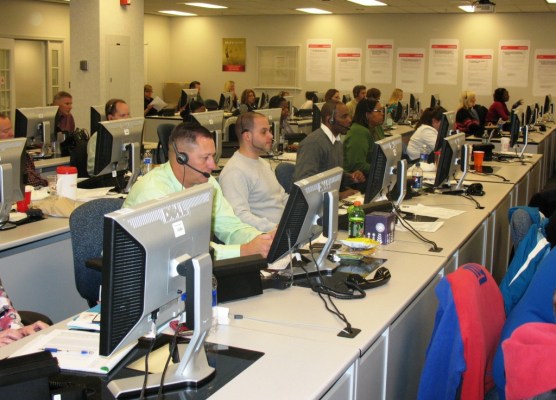Up until now, Zendesk’s customers have tended to come from the small to medium business space, but the company hopes to get a piece of the larger, more lucrative enterprise market by creating a program aimed specifically at larger companies, opportunities they used to cede to larger competitors.
Marcus Bragg, who is Zendesk’s senior vice president for worldwide sales and customer success, says the company has seen growth in larger deals recently and this has given them the impetus to go after more larger enterprise customers.
Citing internal statistics, Bragg said that by the second quarter of this year, 23 percent of Zendesk’s monthly recurring revenue came from customers with more than 100 seats and total revenue from companies with 100+ seats doubled between the second quarter 2013 and second quarter 2014. That growth gave them the confidence to go after larger deals they might have left to larger players like Oracle or Salesforce.com in the past, and prompted them to create a program aimed specifically at these larger customers.
The program called the Enterprise Elite plan addresses the needs as they see it of larger organizations by offering them a bevy of premium services including special service level agreements (or SLAs) that guarantee uptime. That means they will actually pay their elite customers if they go down. Bragg says this really appeals to larger companies who might be concerned about trusting their customer service division to a cloud company because it really forces Zendesk to put its money where its mouth is.
“We live and die by being up and available. [Enterprise customers] need to know we are going to feel pain and cash is a way to influence that.” He didn’t say how much cash is involved, but he did say it would be a consistent amount across customers.
In addition to the special SLAs, the new enterprise program offers customers a dedicated customer support line where they can contact an individual who knows their account, a dedicated email address that goes to an individual who is familiar with the account and a customer success team assigned to work directly with the company to help them get up and running and use the features in Zendesk most effectively.
Bragg points out they do have large customers today already such as AOL (TechCrunch’s parent company), Adobe and Red Bull, as well as Airbnb and Uber, which have both grown up with Zendesk.
Bragg says while the company roots are in the SMB space, where you just go online, sign up and begin using the service, the enterprise customer will take a bit longer and more hand holding to get going, perhaps three to four weeks or even longer depending on the size and complexity of the implementation and how many enterprise systems they will be linking to with Zendesk.
While the nature of cloud services is that you can simply walk away if you don’t like the service you’re getting, that may work for smaller companies, but it’s not that simple for larger companies who can’t just change customer service software from one month to the next.
Zendesk clearly wants a piece of the larger market because to continue to grow, they are going to need larger deals. While this program isn’t ground-breaking, it could give larger enterprise customers a degree of comfort that they will get special attention and that Zendesk recognizes the complexity and mission-critical nature of customer service inside larger organizations.
